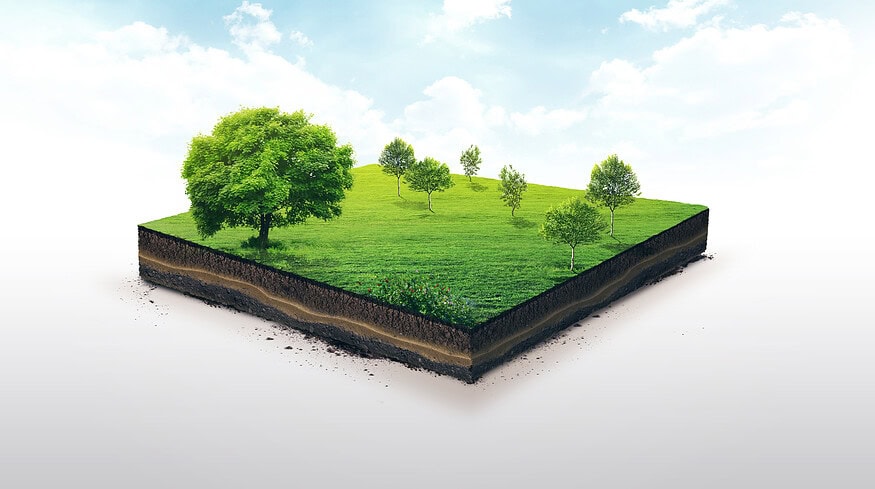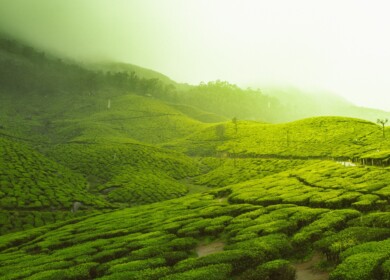Soil microbial composition restores within 60 years after farming ceases — study

Researchers have discovered that the microbial composition of soils previously cultivated by humans only returns to its original state after 60 years. This finding emerged from a study conducted by examining soil samples across different parts of the “Smolenskoye Poozerie” National Park in Russia. The data gathered will assist in evaluating whether soils have reverted to their original state post-intensive agricultural use and will help in devising restoration strategies. The study, supported by a grant from the Russian Science Foundation’s Presidential Program, was published in the journal Applied Soil Ecology.
Up to 40 million hectares of agricultural land have been retired from cultivation in Russia. In the Smolensk region, these lands have naturally reforested, leading to significant changes in soil properties, including microbial composition—specifically, the diversity and population of bacteria and archaea. These microorganisms are crucial in nutrient cycling and organic matter decomposition, thus significantly influencing soil fertility.

Scientists from the Center for Problems of Ecology and Productivity of Forests, Lomonosov Moscow State University, and the Institute of Forestry of the Russian Academy of Sciences tracked changes in the recovering sandy soils of former arable lands in the national park, some of which have evolved into pine forests up to 180 years old. They took samples from both forested and currently cultivated soils across various depths—from 0.5 to 74 centimeters.
Laboratory analysis involved extracting all DNA from the soils and decoding the genetic sequences to identify the microorganisms present. It was found that in soils still under cultivation or abandoned no more than 30 years ago, the microbial composition of the top and bottom layers of the plow horizon remains nearly identical, dominated by common soil bacteria like Actinobacteriota and Chloroflexi. This uniformity persists for about 30 years after the soils are retired from agricultural use.
However, after a more extended period (60–180 years), the microbial composition in the once-plowed horizon undergoes significant changes. In the top layer, there is an increase in bacteria types such as Acidobacteriota and Dependentiae, attributed to the long-term lack of soil mixing and changes in physical (density, moisture) and chemical (acidity, mineral composition) properties of the soils. These conditions create an optimal environment for diverse microorganisms.
The study also used the Shannon index to assess microbial diversity, finding the greatest diversity in still-cultivated soils. Compared to these, forest soils showed about a 15-20% decrease in diversity according to the Shannon index, likely due to fertilization and aeration from plowing.
The results of this study could be beneficial for ecological assessments of soil recovery rates in areas of intensive agricultural activity. Future research plans include studying the microbial communities in clay soils of the national park to identify indicator groups of microorganisms, shared Ivan Semenkov, the project lead and a senior researcher at Lomonosov Moscow State University.
Enjoyed this story?
Every Monday, our subscribers get their hands on a digest of the most trending agriculture news. You can join them too!












Discussion0 comments